Home>Gardening & Outdoor>Pool & Spa Care>How Much Does A Hot Tub Weigh?
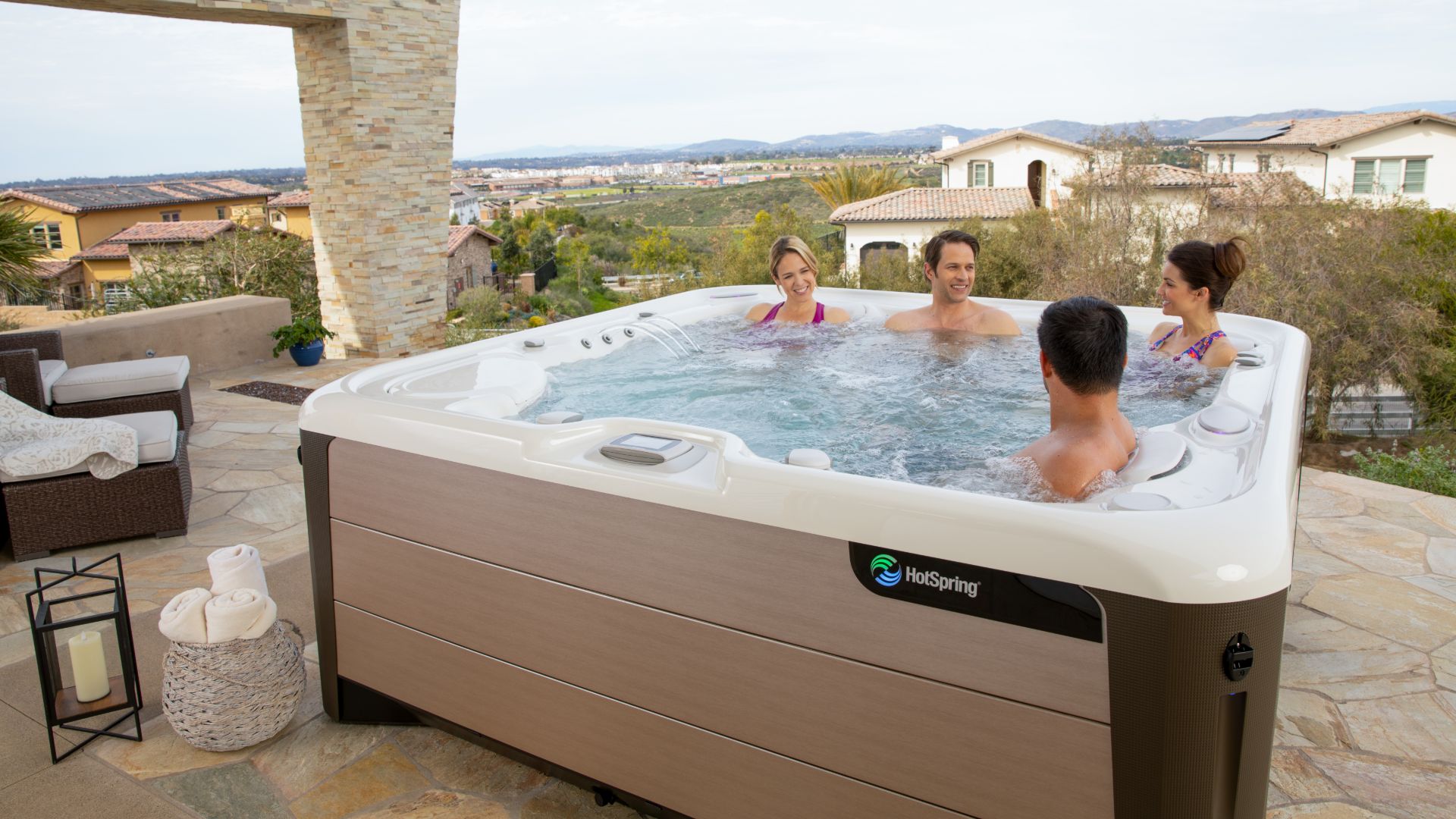

Pool & Spa Care
How Much Does A Hot Tub Weigh?
Modified: February 26, 2024
Find out the weight of hot tubs and get tips for pool and spa care. Discover the ideal weight for your hot tub and how to maintain it.
(Many of the links in this article redirect to a specific reviewed product. Your purchase of these products through affiliate links helps to generate commission for Storables.com, at no extra cost. Learn more)
Introduction
Welcome to the wonderful world of hot tubs! If you’re considering adding a hot tub to your home or are in the process of moving one, you might be wondering, “How much does a hot tub weigh?” This is an important question with various factors to consider. Understanding the weight of a hot tub is crucial for safe installation, transportation, and overall enjoyment. In this article, we’ll explore the factors that influence the weight of a hot tub, discuss the average weight of different types of hot tubs, and provide essential tips for safely moving a hot tub. Let’s dive in and unravel the mysteries of hot tub weight!
Key Takeaways:
- Hot tub weight is influenced by size, materials, water capacity, and accessories. Understanding these factors is crucial for safe installation and transportation.
- When moving a hot tub, assess the route, use proper lifting techniques, and transport with care to ensure safety and structural integrity.
Read more: How Much Does Inflatable Hot Tub Weigh
Factors Affecting Hot Tub Weight
The weight of a hot tub is influenced by several key factors, each of which plays a significant role in determining its overall mass. Understanding these factors is essential for anyone looking to purchase, install, or move a hot tub. Here are the primary elements that contribute to a hot tub’s weight:
- Size and Dimensions: The size and dimensions of a hot tub have a direct impact on its weight. Larger hot tubs with greater water capacity and more seating space will naturally weigh more than smaller models. Additionally, the thickness of the tub’s shell and insulation can also contribute to its overall weight.
- Construction Materials: The materials used in the construction of a hot tub significantly affect its weight. Hot tubs are typically made from durable materials such as acrylic, fiberglass, or roto-molded plastic. The type and thickness of the materials used in the shell, cabinet, and internal components all contribute to the overall weight of the hot tub.
- Water Capacity: The amount of water a hot tub can hold is a major factor in its total weight. A standard hot tub can hold anywhere from 300 to 500 gallons of water, with larger models capable of accommodating even more. The weight of the water itself, at approximately 8.3 pounds per gallon, adds a substantial amount to the overall weight of the hot tub.
- Equipment and Accessories: Hot tubs are equipped with various components, including pumps, heaters, jets, and filtration systems, all of which contribute to the unit’s weight. Additionally, the presence of accessories such as cover lifters, steps, and additional seating can further increase the overall mass of the hot tub.
- Location and Installation: The weight of a hot tub is also influenced by its installation location. For instance, an in-ground hot tub will have a different weight distribution compared to an above-ground model. The structural integrity of the installation site and any additional features, such as decking or custom enclosures, can also impact the overall weight of the hot tub.
By considering these factors, you can gain a comprehensive understanding of what contributes to the weight of a hot tub. Whether you’re planning to purchase a new hot tub, move an existing one, or simply want to understand the logistics involved, being aware of these factors is invaluable.
Average Weight of Different Types of Hot Tubs
When it comes to hot tubs, their weight can vary based on several factors, including size, construction, and features. Understanding the average weight of different types of hot tubs is essential for proper installation, transportation, and maintenance. Here’s a breakdown of the average weights for various categories of hot tubs:
- Inflatable or Portable Hot Tubs: These lightweight and versatile hot tubs typically range from 150 to 500 pounds when empty. When filled with water, they can weigh between 1,500 and 3,000 pounds, depending on their size and water capacity.
- Roto-Molded Hot Tubs: Roto-molded hot tubs are known for their durability and relatively lighter weight. On average, these hot tubs weigh between 300 and 800 pounds when empty. When filled with water, their weight can range from 2,500 to 4,000 pounds, depending on their size and design.
- Acrylic Hot Tubs: Acrylic hot tubs are popular for their luxurious appearance and durability. These hot tubs typically weigh between 500 and 1,500 pounds when empty. When filled with water, their weight can range from 4,000 to 8,000 pounds, depending on their size, features, and water capacity.
- Swim Spas: Swim spas, which combine the benefits of a hot tub and a swimming pool, are larger and heavier than traditional hot tubs. These units can weigh anywhere from 800 to 3,000 pounds when empty. When filled with water, their weight can range from 6,000 to 20,000 pounds, depending on their size, depth, and additional features.
- Custom-Built Hot Tubs: Custom-built hot tubs vary widely in weight, as they are tailored to meet specific design and size requirements. The weight of a custom-built hot tub depends on its dimensions, materials, and features, with some units exceeding 10,000 pounds when filled with water.
It’s important to note that the weights provided are averages and can vary based on the specific make and model of the hot tub. When considering the installation or transportation of a hot tub, always refer to the manufacturer’s specifications for the most accurate weight information.
By understanding the average weights of different types of hot tubs, you can make informed decisions when it comes to purchasing, relocating, or maintaining these relaxing and rejuvenating fixtures.
When considering the weight of a hot tub, it’s important to factor in the weight of the water, which can be around 8 pounds per gallon. Additionally, the hot tub itself can weigh anywhere from 500 to 1000 pounds, so be sure to account for both when planning for installation or transportation.
How to Safely Move a Hot Tub
Moving a hot tub requires careful planning, proper equipment, and a systematic approach to ensure the safety of both the hot tub and the individuals involved in the process. Whether you’re relocating to a new home or simply repositioning your hot tub within your property, following these essential steps will help you navigate the moving process with confidence:
- Assess the Moving Route: Before attempting to move the hot tub, carefully assess the moving route. Clear any obstacles, measure doorways and pathways, and ensure that the chosen route can accommodate the size and weight of the hot tub.
- Gather Necessary Equipment: Equip yourself with essential moving tools, such as a heavy-duty appliance dolly, furniture straps, moving blankets, and a set of sturdy wooden planks. These tools will facilitate the safe lifting, maneuvering, and transportation of the hot tub.
- Secure and Drain the Hot Tub: Begin by disconnecting the hot tub from its power source and draining the water. Ensure that all electrical components are safely disconnected, and the water is completely drained to reduce the overall weight of the hot tub during the move.
- Protect the Hot Tub: Safeguard the hot tub’s exterior by wrapping it in moving blankets or padding to prevent scratches and damage during transportation. Secure the protective cover with durable straps or ropes to keep it in place throughout the move.
- Use Proper Lifting Techniques: When lifting the hot tub onto the dolly, use proper lifting techniques and enlist the help of several individuals to distribute the weight evenly. Secure the hot tub to the dolly using straps or ropes to prevent shifting during transportation.
- Employ Caution When Maneuvering: Exercise caution when maneuvering the hot tub, especially when navigating corners, slopes, or uneven surfaces. Use wooden planks to create a smooth transition over steps or thresholds, ensuring a stable and level path for the hot tub.
- Transport with Care: When loading the hot tub onto a moving vehicle, ensure that it is properly secured and balanced to prevent shifting or tipping during transit. Drive cautiously and avoid sudden stops or sharp turns to minimize the risk of impact or instability.
- Prepare for Reinstallation: Upon reaching the new location, carefully unload the hot tub and prepare for its reinstallation. Ensure that the installation site is structurally sound and meets the necessary electrical and plumbing requirements before placing the hot tub in its new position.
By following these guidelines and exercising caution throughout the moving process, you can safely relocate a hot tub without compromising its structural integrity or the well-being of those involved. Remember, seeking professional assistance for complex moves or installations can provide added peace of mind and ensure a seamless transition for your hot tub.
Conclusion
Understanding the weight of a hot tub is essential for making informed decisions regarding its purchase, installation, and relocation. By exploring the factors that influence hot tub weight, delving into the average weights of different types of hot tubs, and learning how to safely move a hot tub, you’ve gained valuable insights into this integral aspect of hot tub ownership.
From inflatable and roto-molded hot tubs to luxurious acrylic models and expansive swim spas, hot tubs come in a variety of sizes and configurations, each with its own unique weight considerations. Whether you’re a first-time hot tub owner or a seasoned enthusiast, being aware of the weight implications associated with different types of hot tubs empowers you to make well-informed choices that align with your preferences and logistical requirements.
When it comes to moving a hot tub, meticulous planning, the right equipment, and a focus on safety are crucial. By following the recommended steps for safely moving a hot tub, you can navigate the process with confidence and ensure that your hot tub reaches its new location unscathed and ready for installation.
Ultimately, the weight of a hot tub is not merely a numerical value; it represents a combination of design, materials, water capacity, and functionality. It embodies the potential for relaxation, rejuvenation, and countless moments of enjoyment. Whether you’re envisioning a cozy retreat in your backyard or a luxurious addition to your home, understanding the weight of a hot tub is an integral part of bringing your dream relaxation oasis to life.
As you embark on your hot tub journey, may these insights serve as a valuable resource, guiding you towards a deeper understanding of hot tub weight and its implications. Here’s to many blissful soaks, tranquil moments, and the sheer delight of owning a hot tub that perfectly suits your lifestyle and preferences.
Frequently Asked Questions about How Much Does A Hot Tub Weigh?
Was this page helpful?
At Storables.com, we guarantee accurate and reliable information. Our content, validated by Expert Board Contributors, is crafted following stringent Editorial Policies. We're committed to providing you with well-researched, expert-backed insights for all your informational needs.


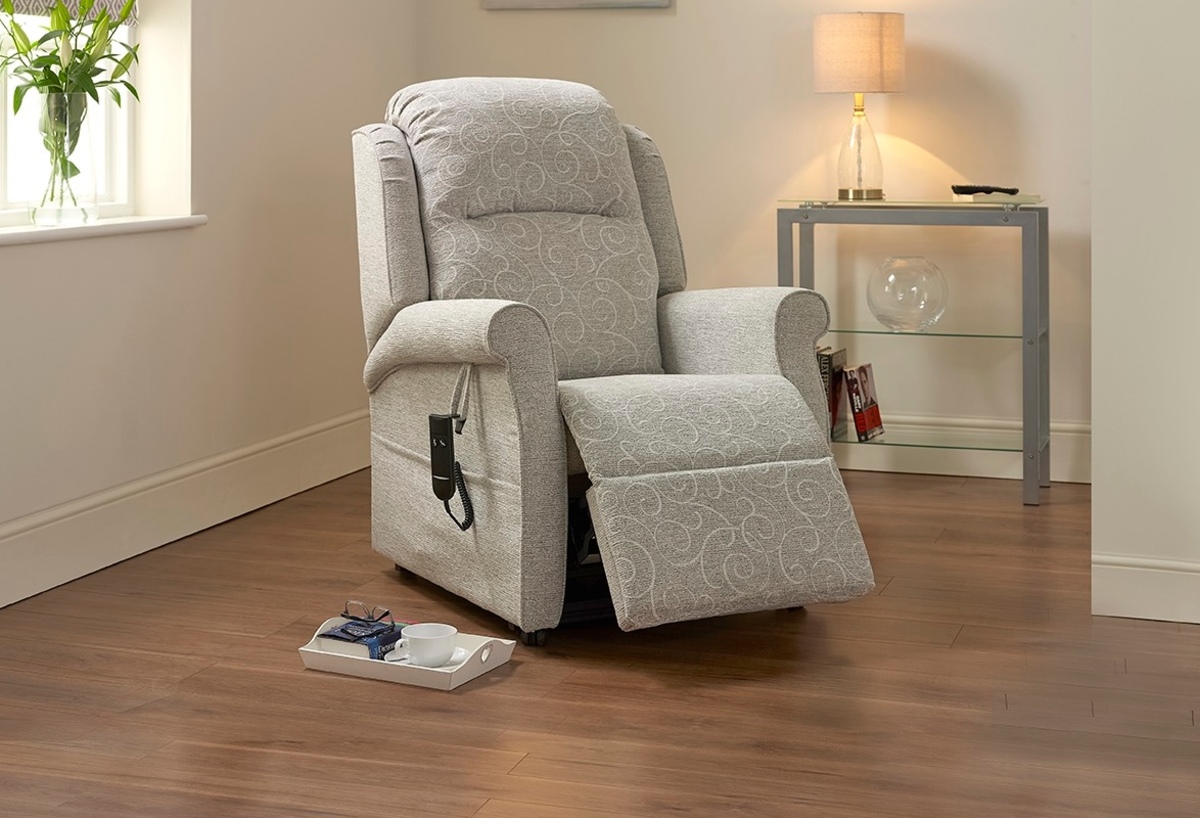

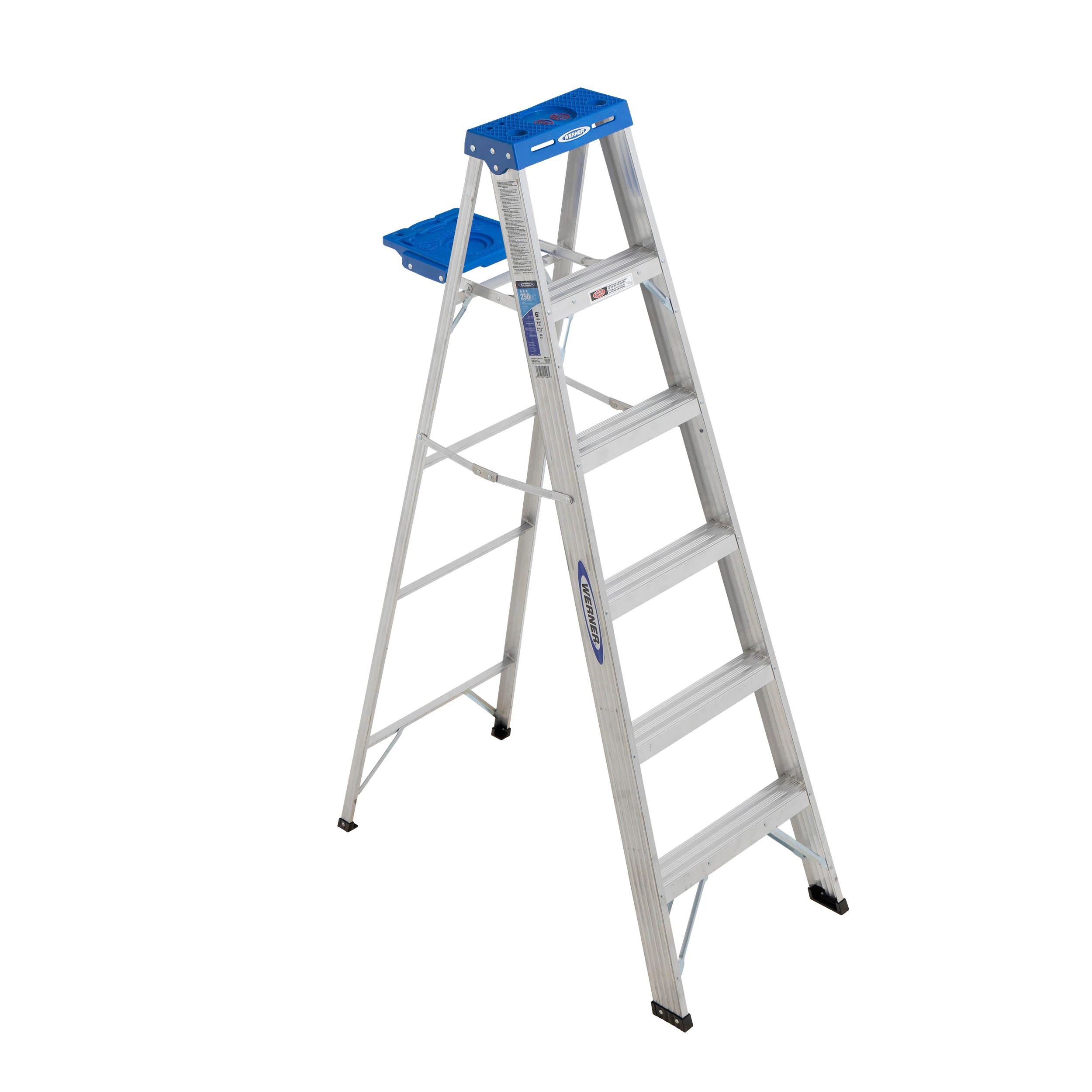

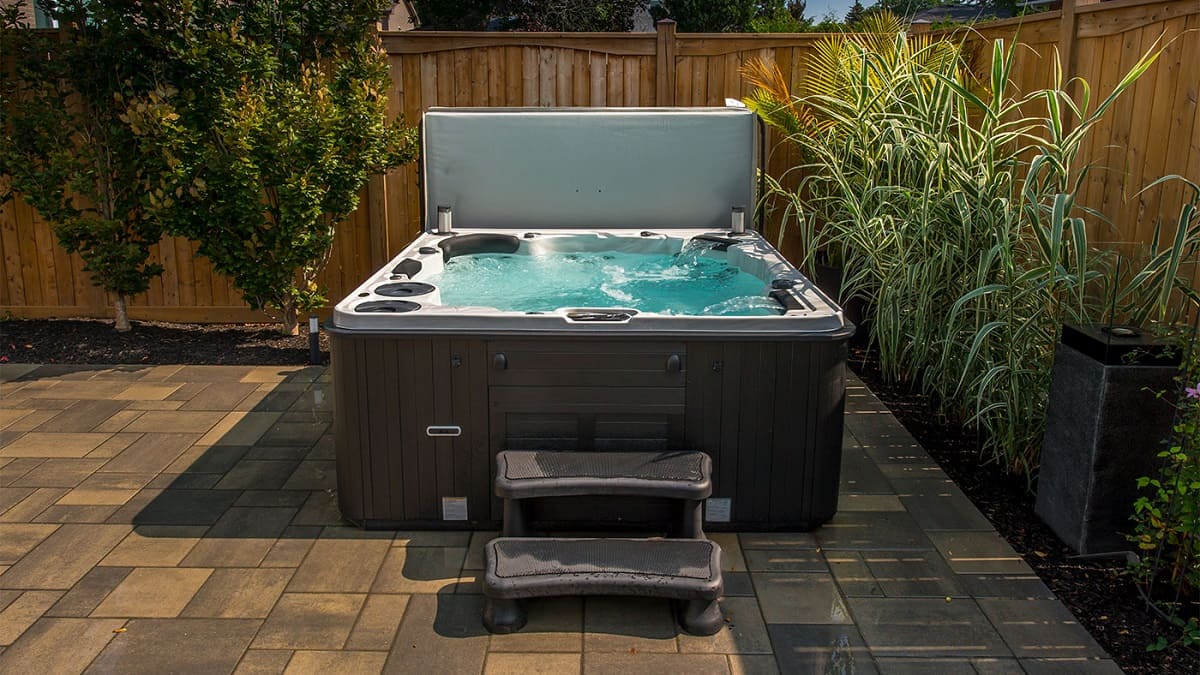
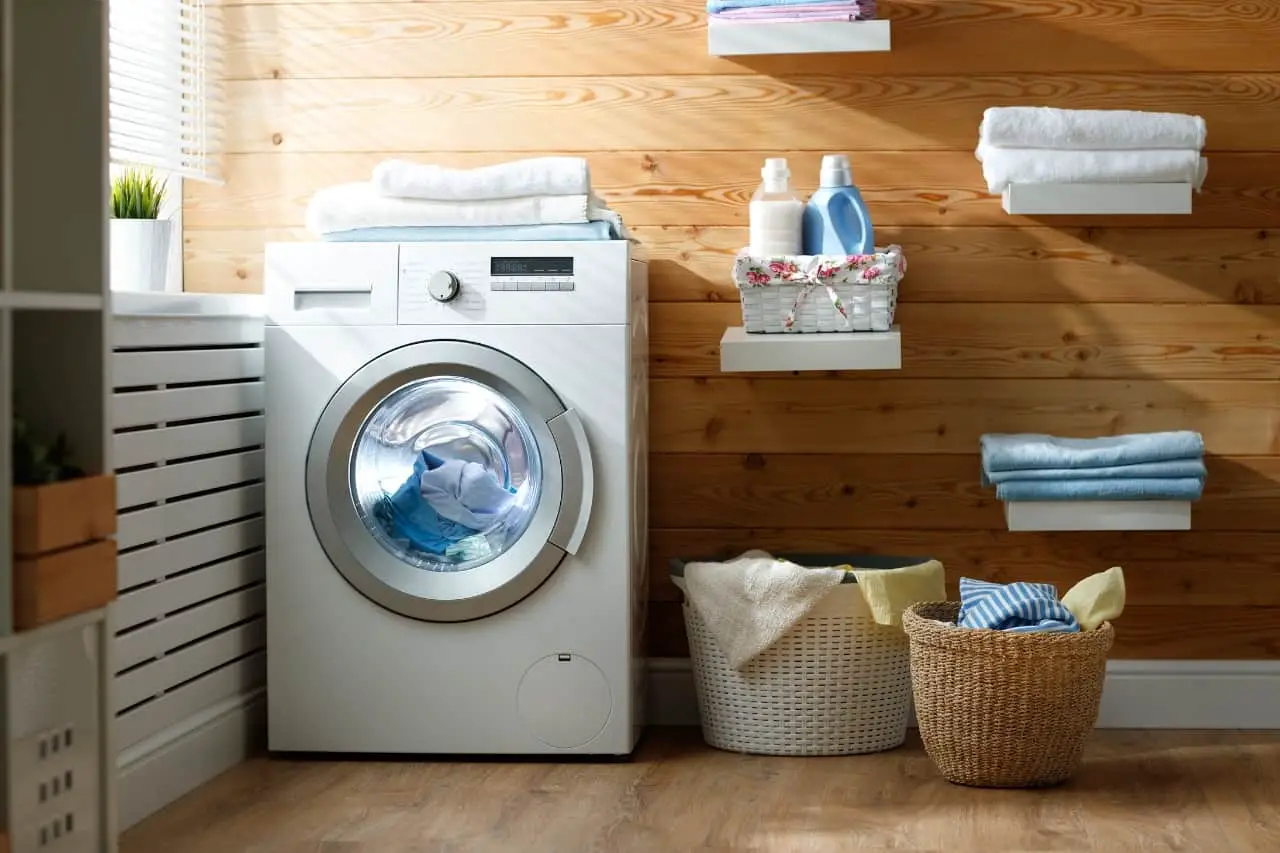
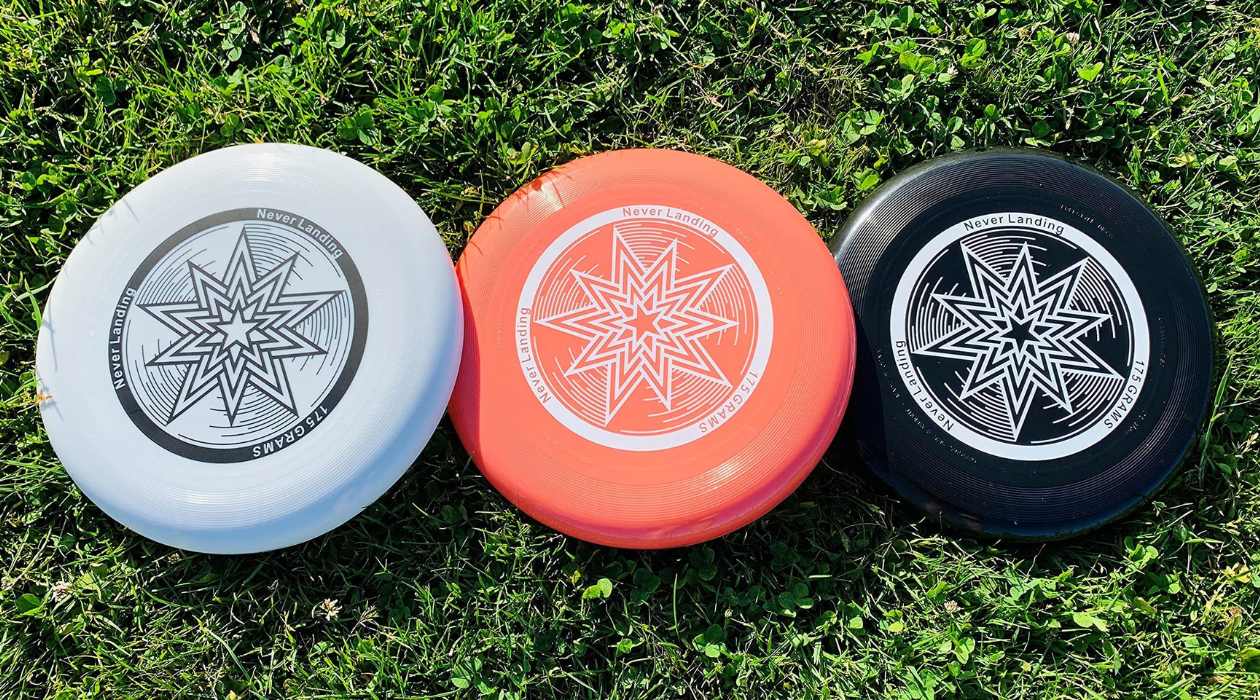


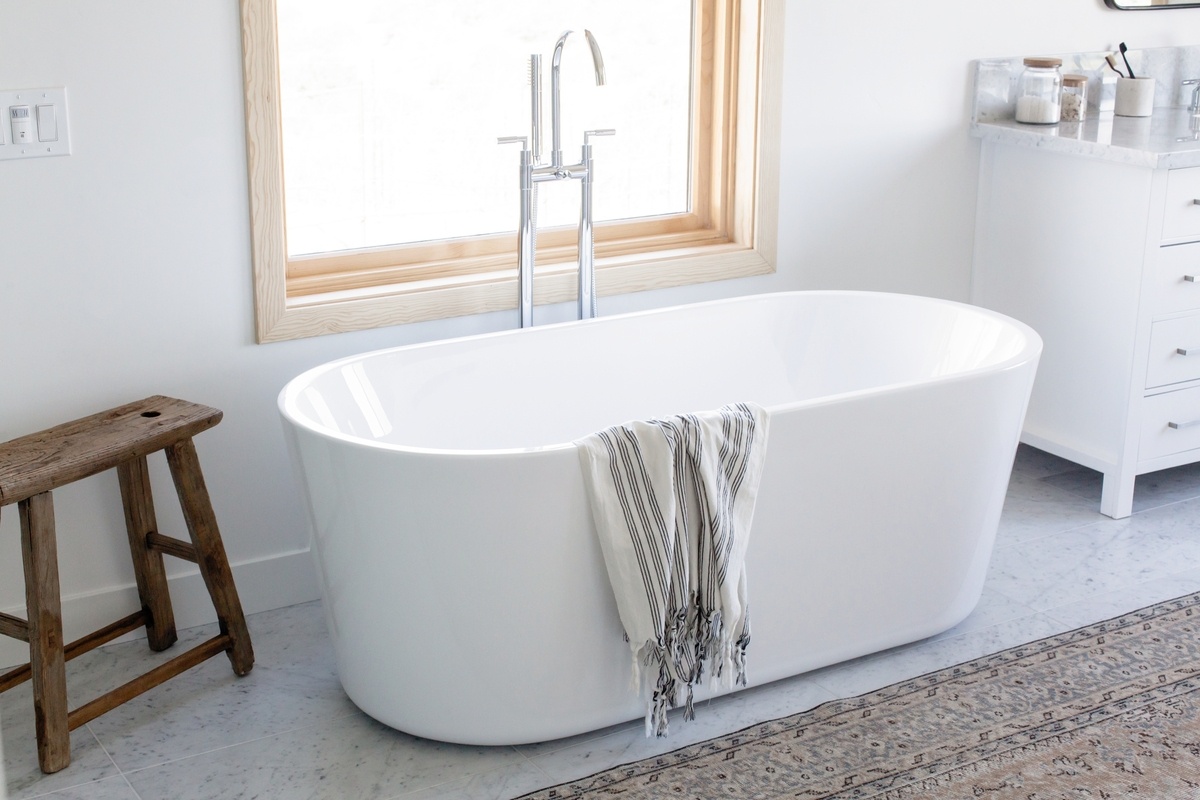

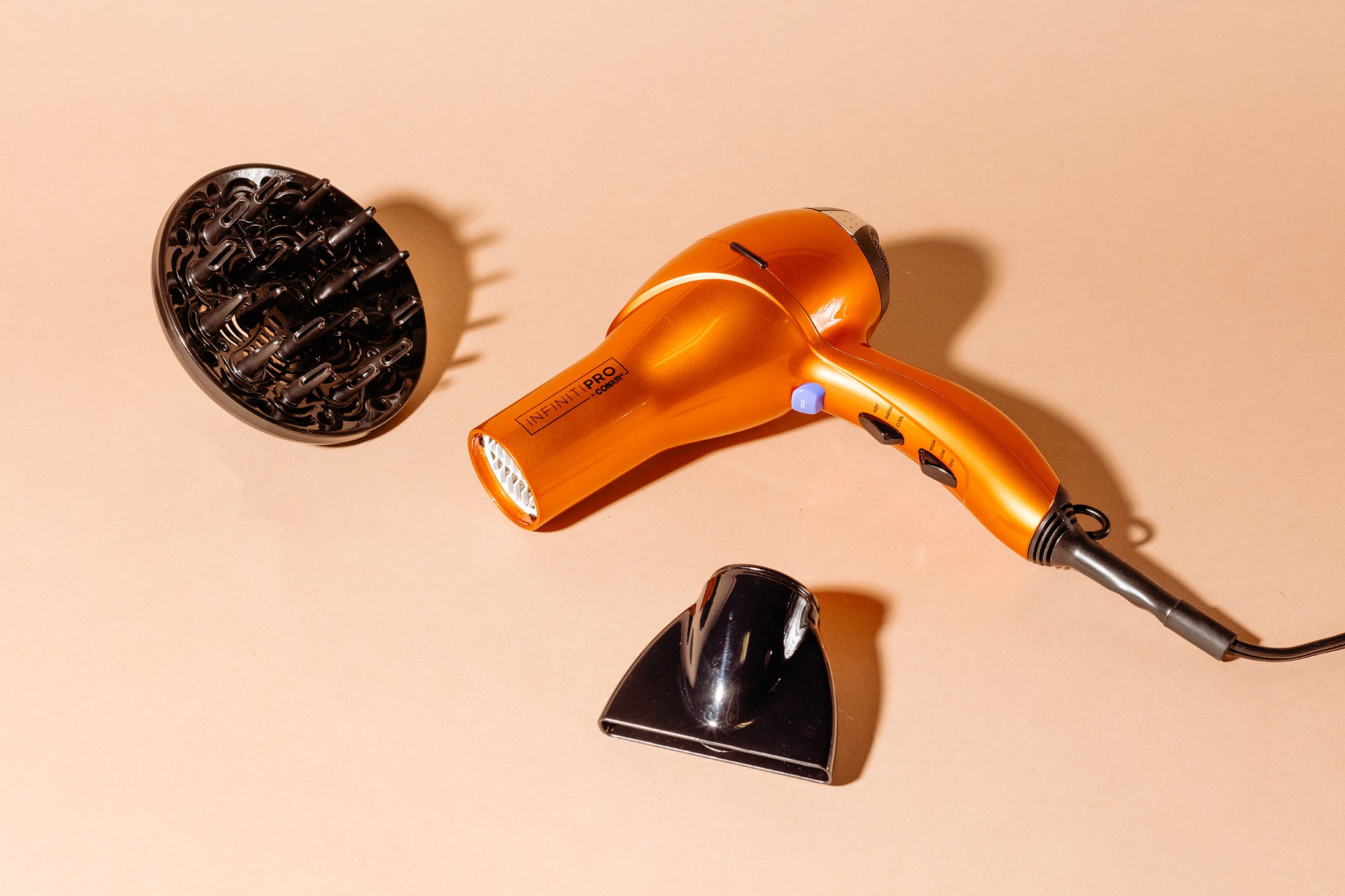


0 thoughts on “How Much Does A Hot Tub Weigh?”